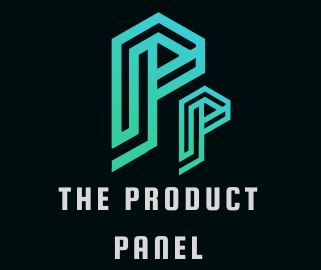Google’s secret weapon, X – The Moonshot Company.
In the world of startups, a moonshot company is defined as an ambitious, exploratory, and ground-breaking project undertook without any expectation of profitability or benefit and, perhaps, without a full investigation of potential risks and benefits.
A moonshot company doesn’t have any established markets. The founders of moonshot companies don’t start them to get rich, but rather explore and create solutions and products that are disruptive, monumentally difficult to create, or are years ahead of their time.
In 2010, Google decided to launch its own moonshot company, Google X, now called X, The Moonshot Factory. Since its inception, X’s mission has been to invent and launch “moonshot” technologies that aim to make the world a radically better place.
It is extremely difficult not to look to Google as the best work environment of any tech company in the world, but Astro Teller, X’s CEO, has created a culture at X that is just as quintessential as Google’s.

Life and Work at X
What I love about X is that they operate sort of like a research lab, except under a two trillion dollar company rather than a non-profit research establishment. There isn’t a single company in the world that celebrates and rewards their employees when projects fail, besides X.
X’s approach to projects can be summarized by this process
- Bring together smart people from a number of different disciplines
- Search for sci-fi-sounding ideas (it doesn’t matter how feasible they are)
- Turn them into something that can make a real-world impact as quickly as possible
Ultimately, X has created a culture that facilitates the name “ The Moonshot Factory”. In their own words, it’s about designing a culture with the values and practices that can resist the pull towards the comfortable and conventional, and make radical, purpose-driven creativity the path of least resistance. This culture that X has created at their company has led to many interested and successful projects.
Projects at X
The self-driving car project
You might have heard of Waymo, a self-driving car company that was actually developed at X and spun off into a google subsidiary of its own. The self-driving car was one of X’s first projects and since then they have developed a number of interesting and creative products.

Google Glass
The Google Glass is Google’s most infamous project to date. This product generated huge controversy and was ultimately determined to be a failure. Since then, the glass has managed to find new life in the manufacturing, logistics, and healthcare fields, where people use the glass to receive information and data about something while they work with their hands.

Google Brain
The Google Brain is X’s most financially successful product to date. The Google Brain is a deep learning system that is utilized in all aspects of Google’s business today.
Loon
Loon is one of X’s most interesting and creative ventures. The goal of this project is to bring internet access to everyone by creating an internet network of balloons flying through the stratosphere. By using wireless routers in balloons that are above any kind of weather conditions, Loons planned to give internet to those who couldn’t reach it or were in need of help. This project graduated from X in 2018

Dandelion
X’s dandelion project created a solution to help ease the energy crisis of the future. This project utilized geothermal energy, (thermal energy within the earth’s crust) to heat and cool homes. This project was spun out into its own company in 2017 and powers homes in the northeast part of the US today.

Is a moonshot subdivision a good investment?
So is X, the moonshot company, actually Google’s secret weapon? It is hard to find a convincing argument for this if you look at this question from only a financial standpoint. However, I believe that X and other moonshot subdivisions in big tech companies are worthwhile investments for the future.
It is extremely difficult to find markets for the radical and disruptive technologies that X creates. These markets are often very small or non-existent in the present. Disruptive technologies are built for the markets that will exist in the future, but it is difficult to determine when these markets will emerge or if they will emerge at all.
Despite this, innovation has advantages. Especially when markets for these innovations begin to emerge. Companies that develop radical and innovative technologies become the first movers in these markets. As these markets continue to grow, established companies don’t usually tend to invest in these emerging markets due to their small sizes. But as these markets grow, they slowly overtake and replace old and established technologies. By the time it makes sense for companies to invest in these radical technologies, it is too late. A moonshot company is one of the best ways a company can protect itself from these kinds of scenarios.
Going back to X, the company has created many profitable projects that have helped Google’s business tremendously such as the Google Brain and Waymo.
From a societal standpoint, moonshot companies are a force of good for the world that continue to push society forward through innovations that create positive change.
I believe moonshot companies such as X create much-needed value in the world by innovating and tackling big problems without a profit motive. If more companies followed X’s philosophy of creating radical new technologies to solve the world’s toughest problems we would live in a much better place.

